Rainscreen Siding Systems
Tropical Hardwood | Rain Screen Hardwood Siding
Definition: What exactly is Rainscreen Siding?
A Rainscreen siding system refers to the style of installation and fastening of the siding material to the structure. Rainscreen siding systems
have an air gap between the siding material and the structure itself. This air gap is typically in the range of 3/4" and offers numerous benefits including
thermal insulation and moisture stability of the siding boards - which is particularly important when using high density hardwoods such as Ipe, Batu and Cumaru. In modern rainscreen
siding systems attached with clips, there is an additional air gap between the actual siding boards themselves; the gap is very small typically around 1/16" - and it is completely invisible
when looking at the finished rainscreen system after installation.
View Rainscreen Products
Engineering Presentation
Rainscreen System
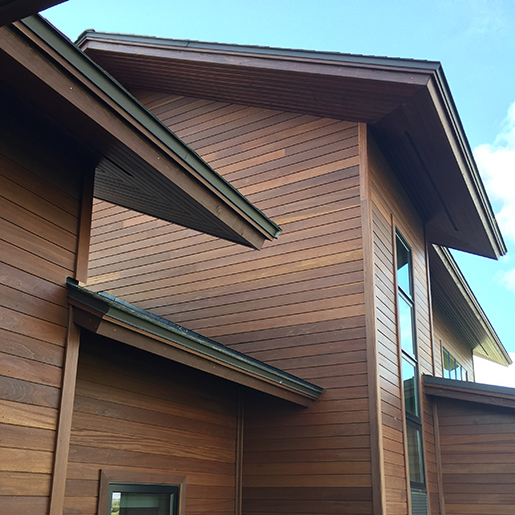
BATU | RED BALAU 1x6 FINELINE SHIPLAP SIDING, BOZEMAN, MT
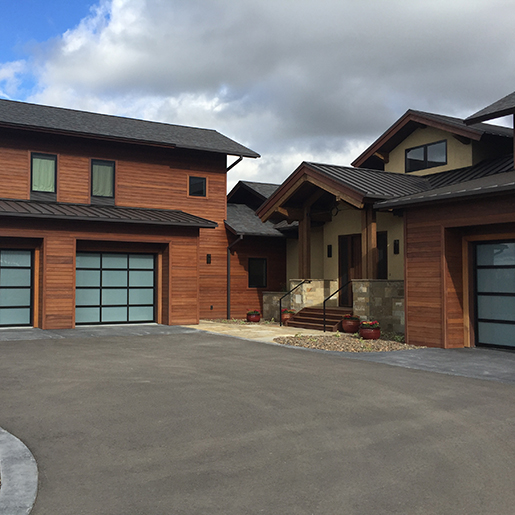
BATU | RED BALAU 1x6 FINELINE SHIPLAP SIDING, BOZEMAN, MT
Historical Rainscreen Siding Systems
Rainscreen siding systems have been around for centuries. Amazingly, some of these all wood structures which were designed and built in the 12th century in Norway and are still standing today.
The key design principal is much the same then as it is with modern Rainscreen siding systems today: there is an air gap between the structure and wood siding boards. This both protects the structure underneath
and it keeps the outer cladding boards perfectly stable because there is airflow or ventilation on the outside and behind the wood siding boards.
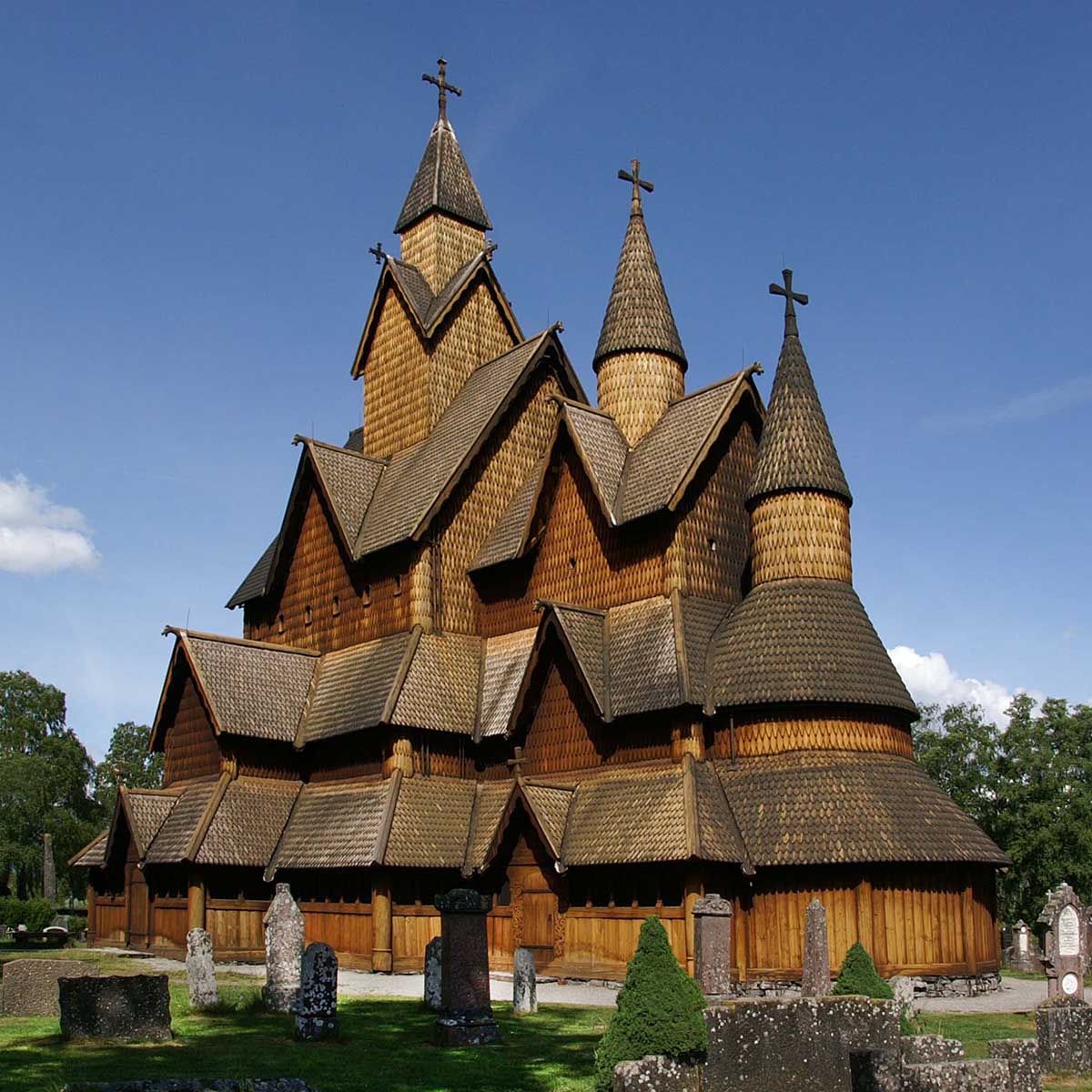
12TH CENTURY WOOD CHURCH IN NORWAY WITH WOOD EXTERIOR

BATU RAINSCREEN SIDING 1X6 FINISHED WITH EXOSHIELD BLACK WALNUT
How does the Rainscreen Siding Airflow and Ventilation Work?
Air is allowed to circulate around the perimeter of every individual piece of the wood siding. Regardless of whether the air is moist
or dry it stil circulates and flows evenly around the boards. The gap between boards is about 1/8" and is completely hidden from view.
Most rainscreen systems keep the boards about 3/4" off the wall.
Keeping the humidity levels consistent on both sides of the individual wood siding boards helps to keep them stable and prevents cupping or warping of the clap boards.
It should also be noted that both hardwood and softwood will still expand or swell when the material is exposed to higher average humidity levels and that the boards will shrink when exposed to
drier lower humidity levels. The movement can be addressed in the clip design and is precisely the reason that we designed our own patented rainscreen clip system.
View Rainscreen Products
Engineering Presentation
Rainscreen System
The Dynamics of Hardwood & Softwood in Response to Changes in Humidity
The reality of designing anything with wood is that you must account for the potential swelling or shrinkage in your design, especially when you expect
that humidity levels will not be consistent over time. As is the case with exterior siding, the wood will swell when exposed to high humidity levels such as on a rainy or
foggy day; conversely, the wood will shrink during dry Spring, Summer and or Fall weather.
Wood is a unique material in that it does not move evenly in all three directions - wood is an orthotropic material having different material properties in each direction. Think about a piece of wood in terms of how it is cut from the tree itself. The length of the piece
is in the same vertical direction as the tree would grow out of the ground - this is referred to as the longitudinal direction in terms of the orthotropic definition of sawn lumber or wood.
In each of the three directions, longitudinal, radial and tangential, sawn lumber behaves differently with respect to changes in humidity or moisture content. In the longitudinal direction, wood is very stable
exhibiting practically no movement whatsoever with changes in moisture content. In the radial direction, from the center of the tree to the bark, wood moves about half as much as it does in the tangential direction,
along the growth rings of the tree. Wood is the most stable when the growth rings are oriented in the same direction as the thickness of the piece - this is commonly referred to as vertical
grain or quartersawn lumber. The largest amount of movement by percentage is therefore isolated to the smallest dimension, the thickness.
Fire Rated Decking
Fire Testing Reports
Use Caution When Designing Rainscreen Siding Systems with PVC or Composites
In contrast to composites, PVC's and plastics, which are not orthotropic materials, but are often used in rainscreen siding applications, wood is
stable lengthwise. These plastic products, however, will have significant movement with changes in temperature. Typical movement in PVC or composite materials is around 1/4" in 12'. Wood, by contrast, doesn't move
significantly with changes in temperature, only with changes in moisture content; which is always as a result of exposure to varying levels of humidity or direct exposure to moisture.
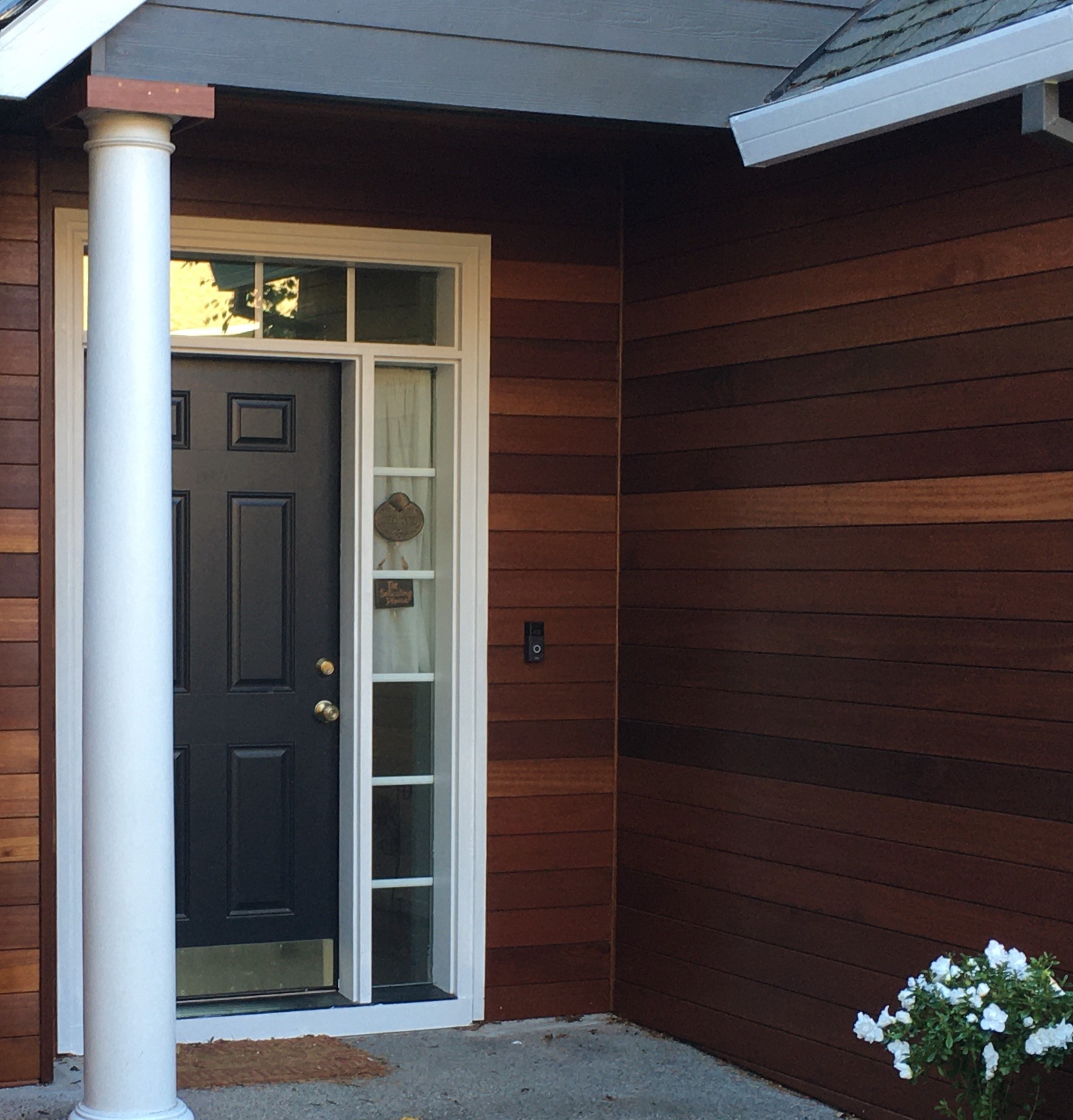
BATU RAINSCREEN SIDING 1X6 FINSIHED WITH EXOSHIELD WALNUT
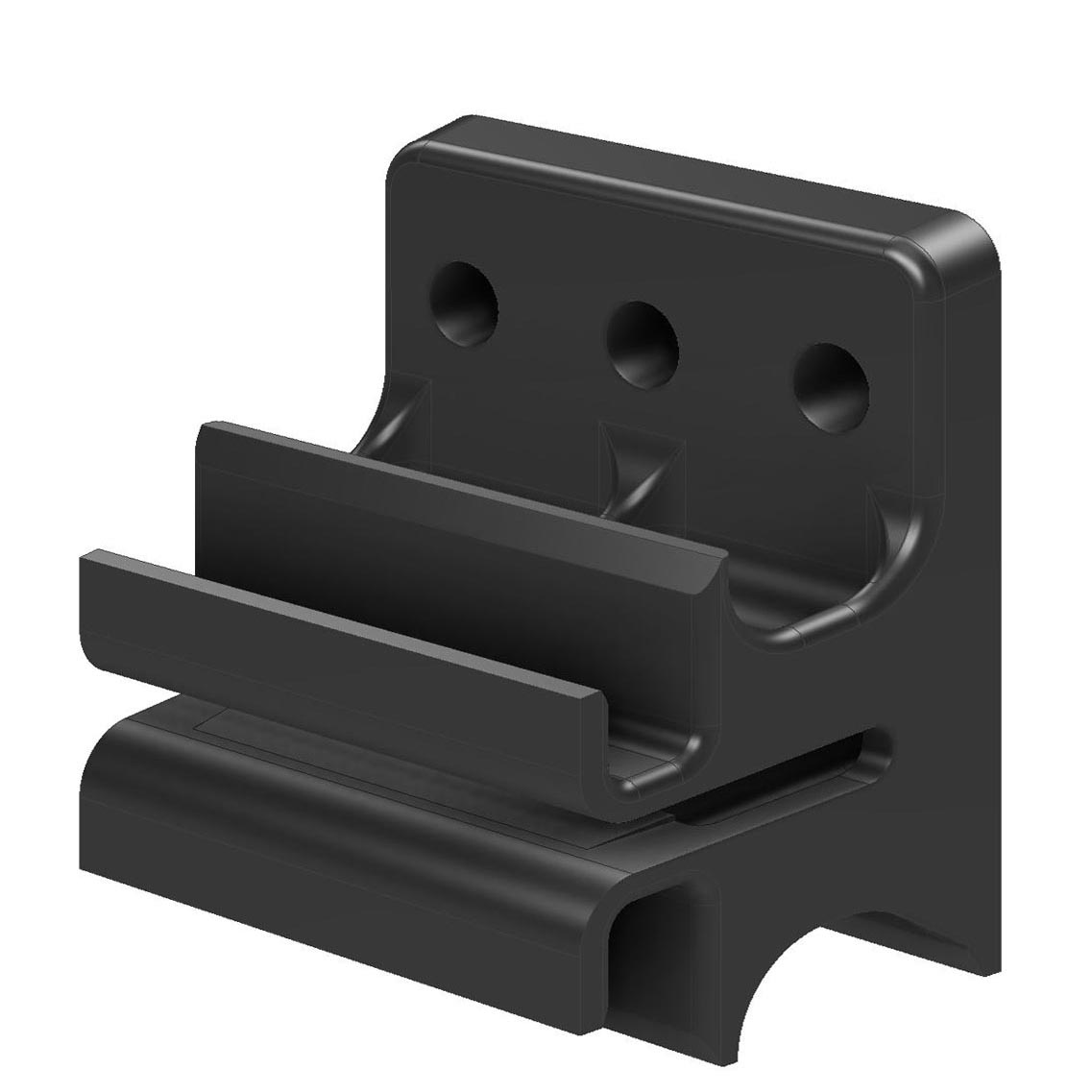
FEA ANALYSIS OF EXOCLAD QUICKCLIP - STRESS TESTING
Wood is Clearly the Best Choice for Rainscreen Siding
It should be pretty obvious that using composites or PVC could create numerous problems in rainscreen siding applications. Expansion gaps of 1/4" would need to be designed in at least every 12'.
Long runs of PCV or composite siding boards just can't be used in applications similar to this commerical storefront building finished in Ipe rainscreen.
If PVC or composite were used the end result would be buckling of the siding on hot days.
View Rainscreen Products
Engineering Presentation
Rainscreen System
Ranscreen Siding Product List
Rainscreen Siding Mentions in Our Blog Articles
























